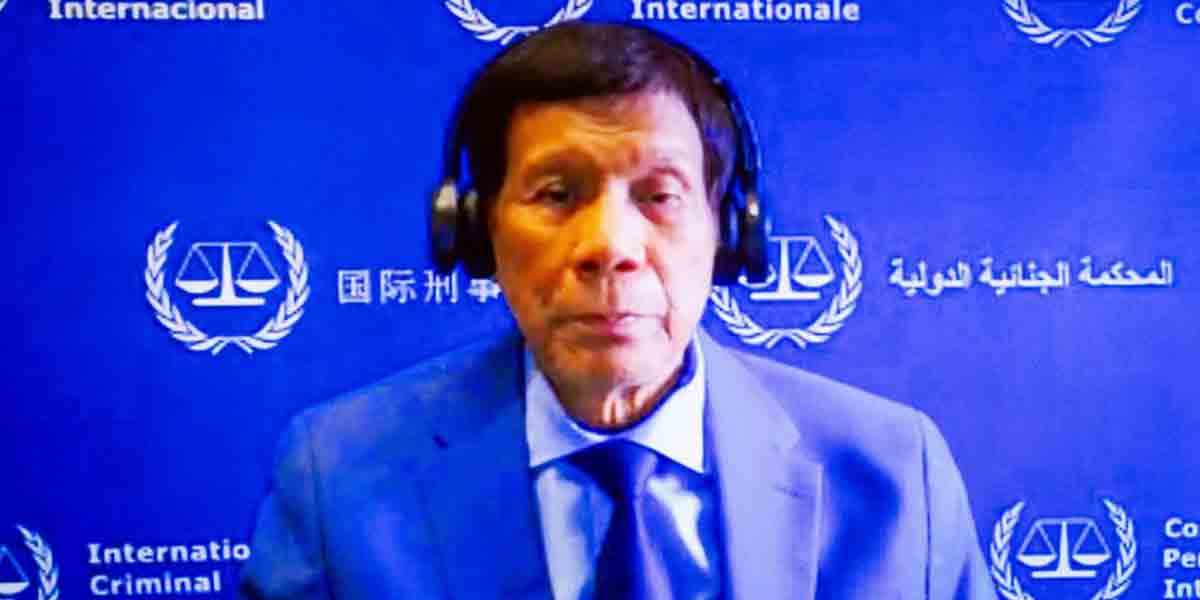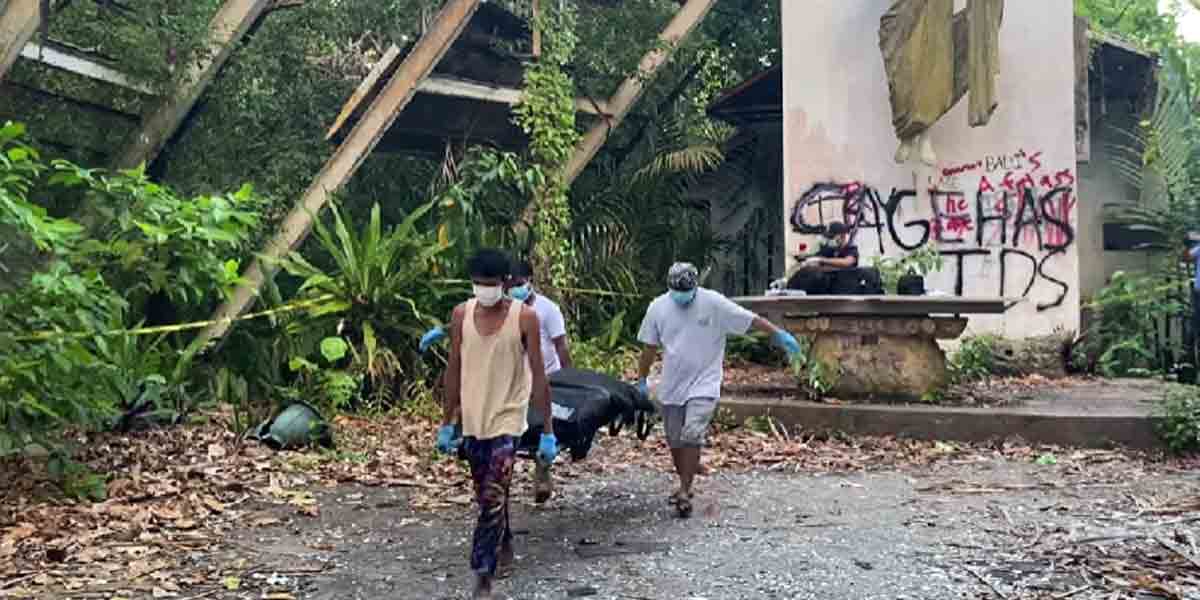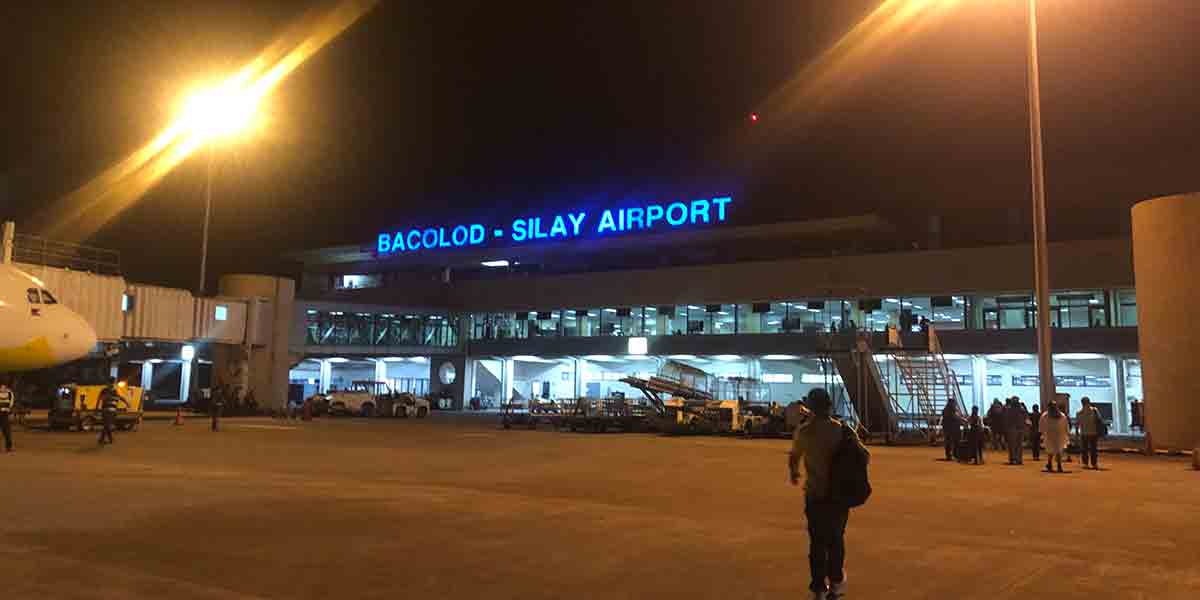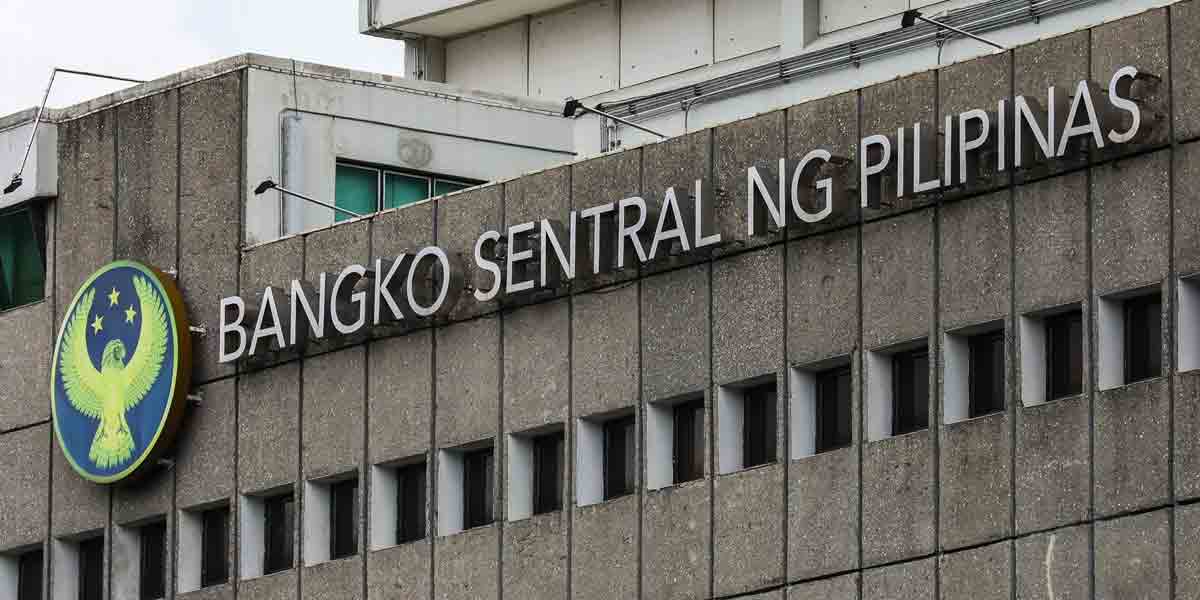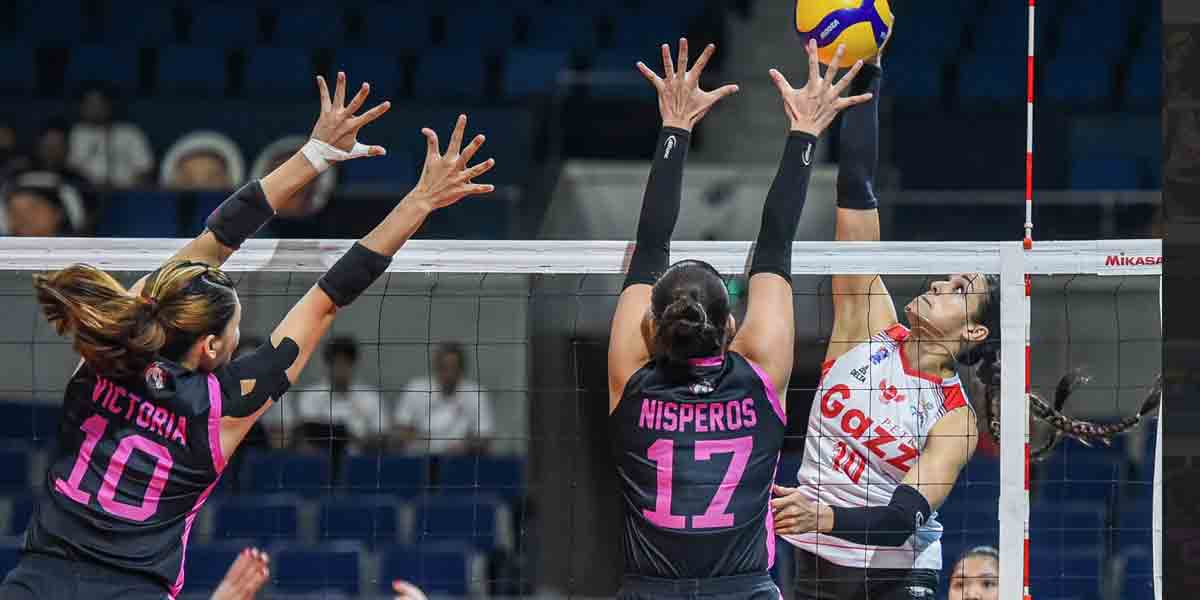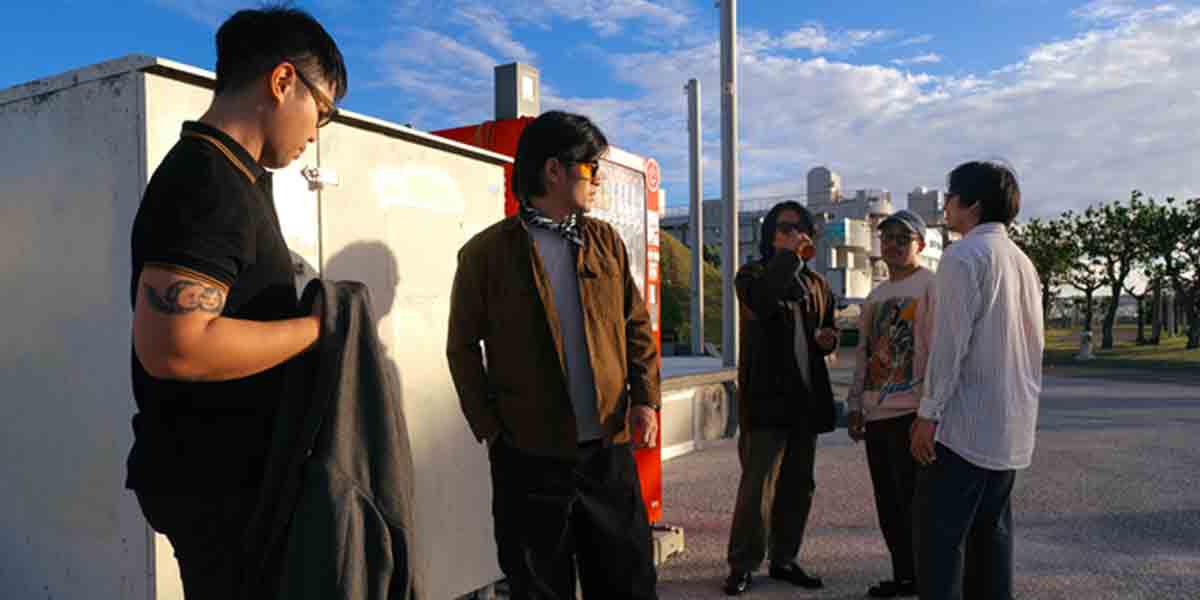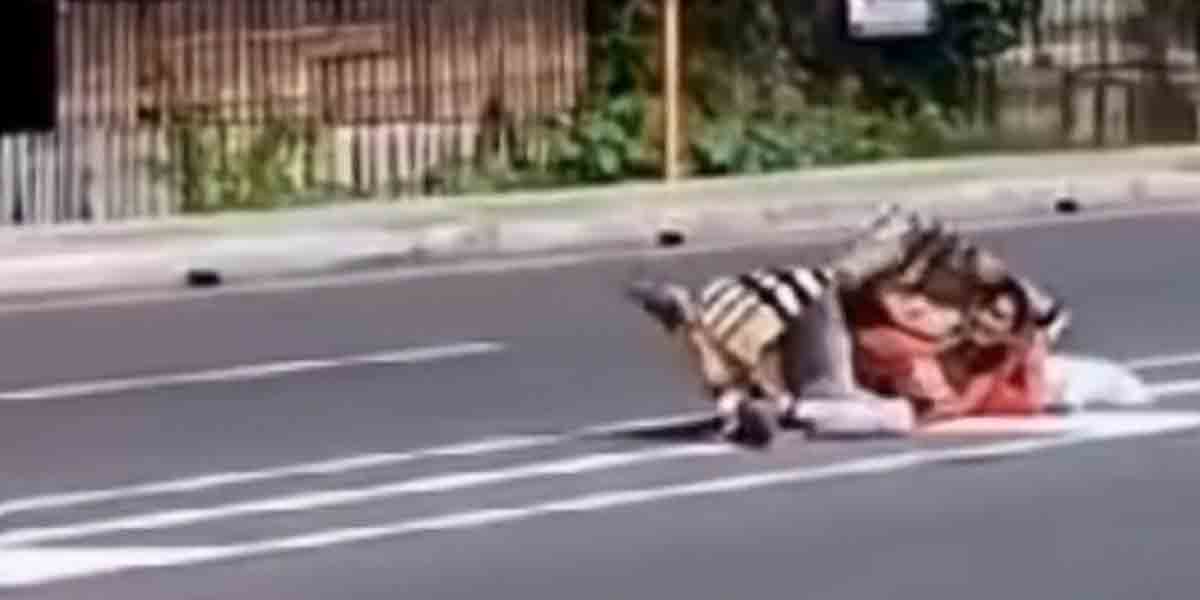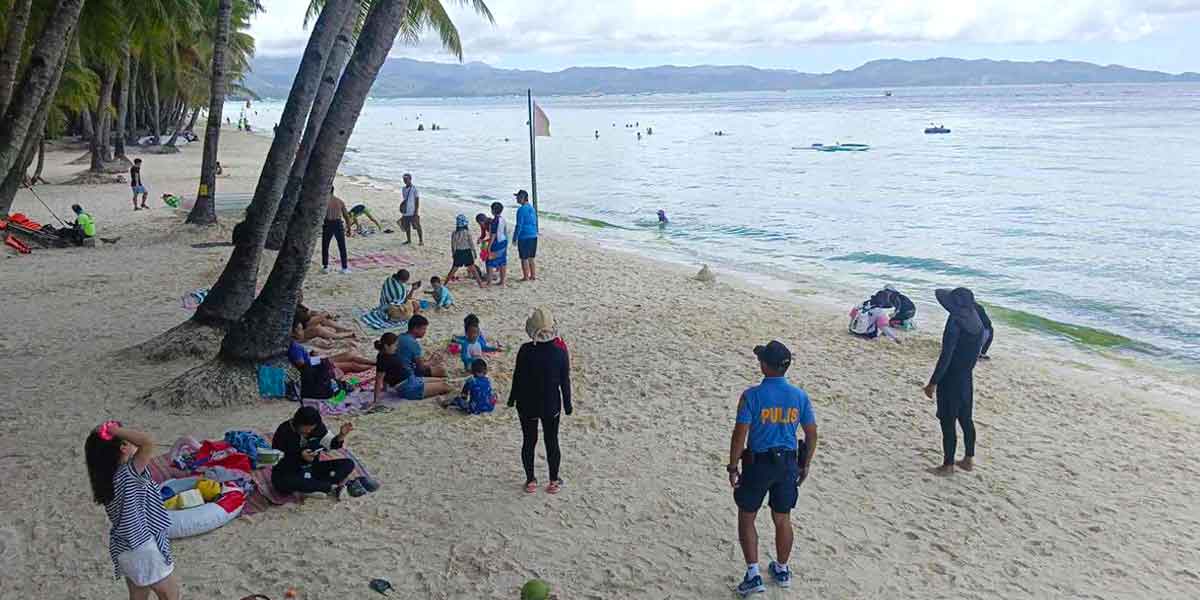
By Francis Allan L. Angelo
The Department of Public Works and Highways (DPWH) has yet to fully pay the contractor of the P680-million Ungka flyover between Jaro, Iloilo City and Pavia, Iloilo which courted controversy because of its sinking foundations.
This was the clarification from Engr. Ormel Santos, who was assigned by the DPWH-6 regional office as project engineer of Phase 3 of the flyover.
Phase 3 refers to the superstructure or the top portion of the flyover that directly receives the live or moving load. This part of the flyover includes the deck slab, girders, truss, carriageway, slabs etc.
Santos, who is also in charge of the Construction Division of DPWH-6, said International Builders Corp (IBC), the contractor of the flyover, has finished 94 percent of the superstructure even before the flyover was closed to motorists after three of its piers were found to be sinking in late 2022.
But citing information on hand, Santos said the agency has only paid IBC 55 percent of the contract price for Phase 3 alone.
As to the first two phases, which involve the substructure or foundations of the flyover, the contractor has been fully paid, he added.
Ormel reached out to Daily Guardian on Tuesday after receiving a letter from this paper asking for the status of the project, which was closed to traffic in middle of September 2022 after it was found out that three of its piers were sinking.
When asked if the three piers are still sinking, Santos said there was zero movement after IBC initiated jet grouting in October 2022.
“As of December 29, 2022, there are no movements anymore, possibly because of the jet grouting which the contractor initiated on its own,” he added.
Jet grouting refers to injecting cementitious material underneath the sinking piers to arrest the movement by stabilizing the soil below the flyover.
Santos said the jet grouting reached 5 meters deep underneath the soil to stabilize and support the piers that were buried at a depth of 28 meters.
During the meeting of the Regional Development Council-6’s (RDC-6) infrastructure committee on Dec 19, 2022, it was learned that the vertical displacement or sinking of the flyover exceeded the National Structural Code of the Philippines (NSCP) displacement cap for bridges, which limits allowable displacement of 50 millimeters or less.
It was also learned during the meeting that all 16 piers of the flyover were erected or founded at a depth of around 28 to 30 meters.
But several experts told Daily Guardian that the depth should have been 49 to 50 meters, citing bridges and other structures near the flyover.
Nevertheless, Santos said they can ascertain the actual stability of the flyover after the jet grouting by allowing traffic to pass through the structure.
“In that manner, we can monitor if there will still be movements or none after the jet grouting. But that is up to our superiors,” he explained.
But will IBC be paid for its jet grouting initiative?
Santos said this remains uncertain since it is not included in the original contract and there might be legal issues that should be threshed out first.

